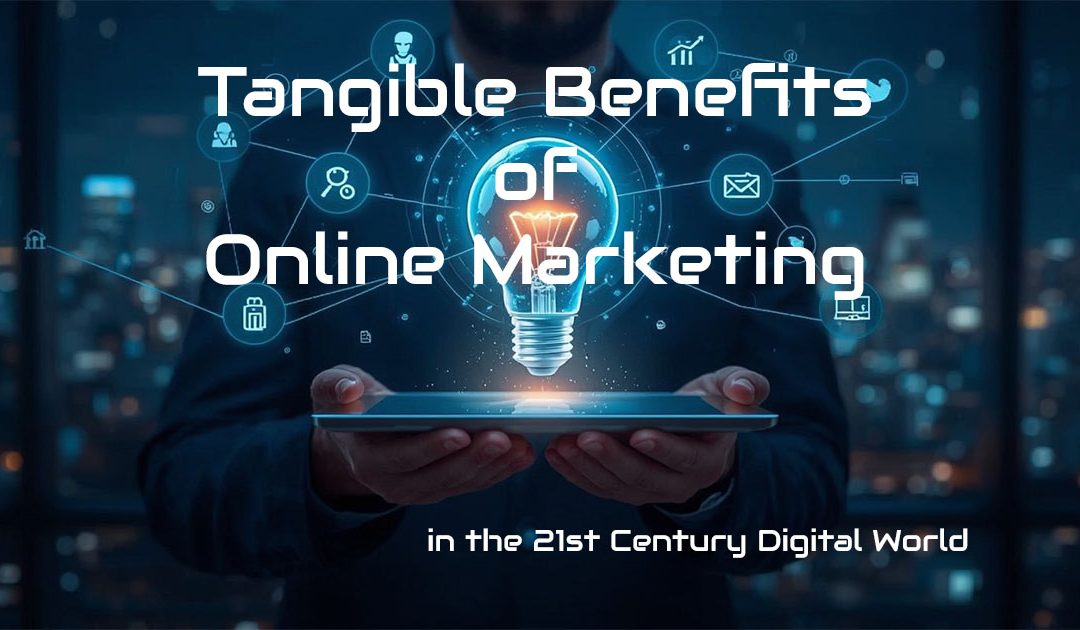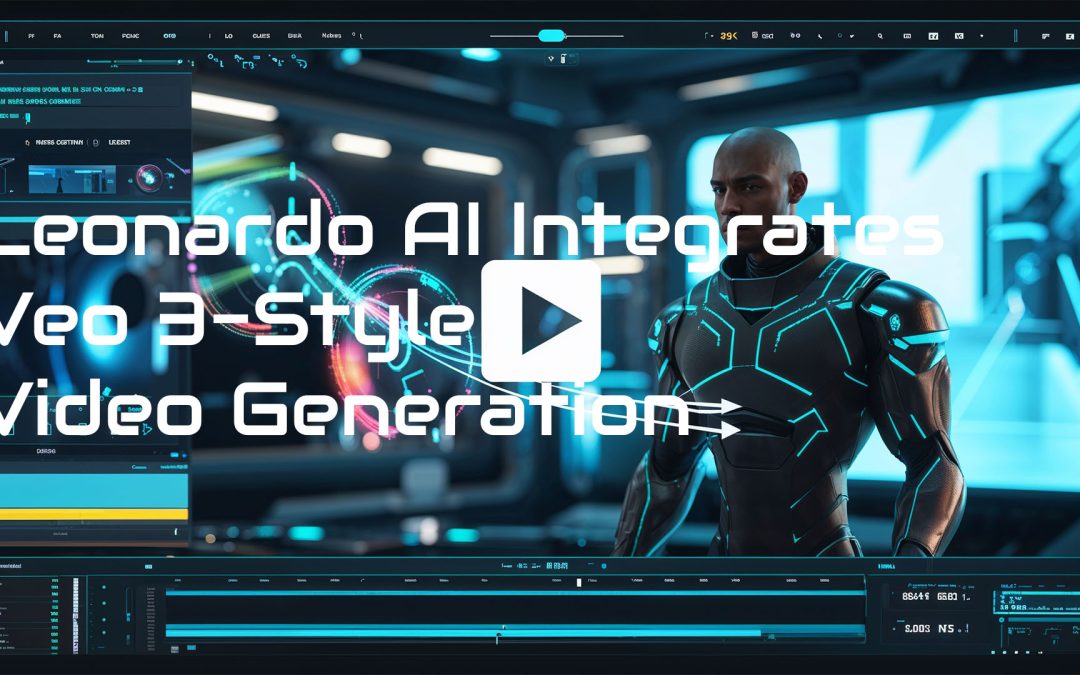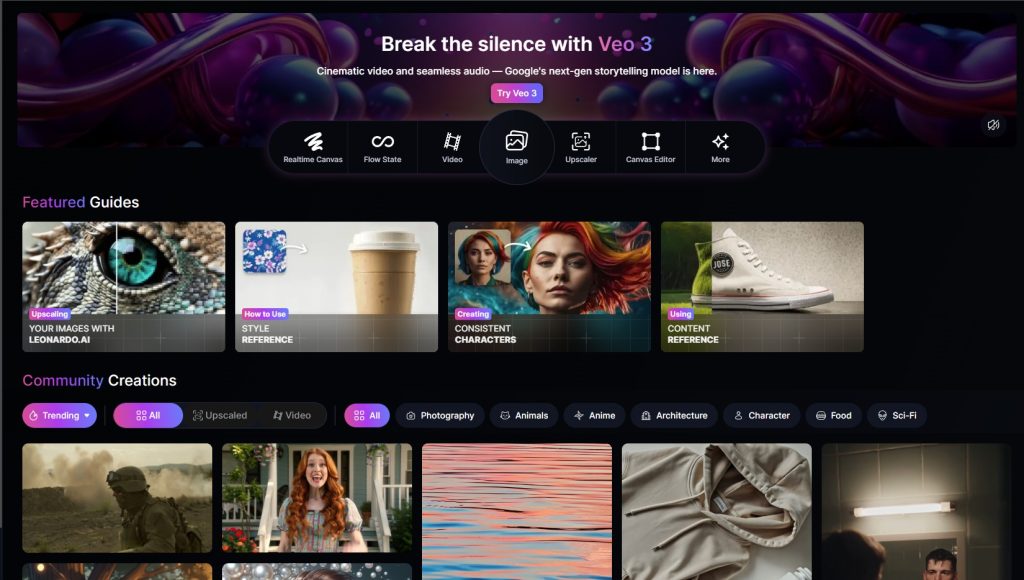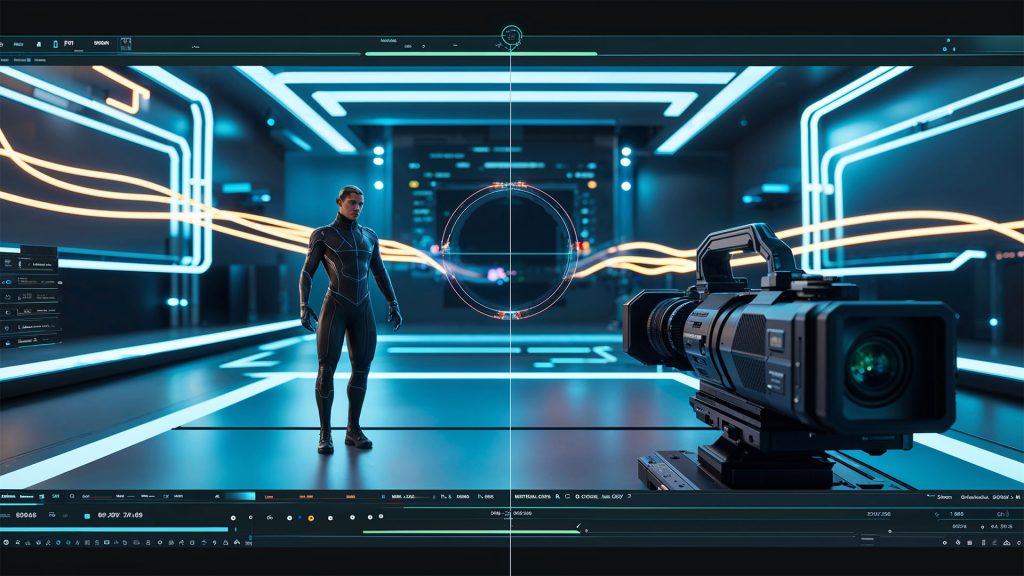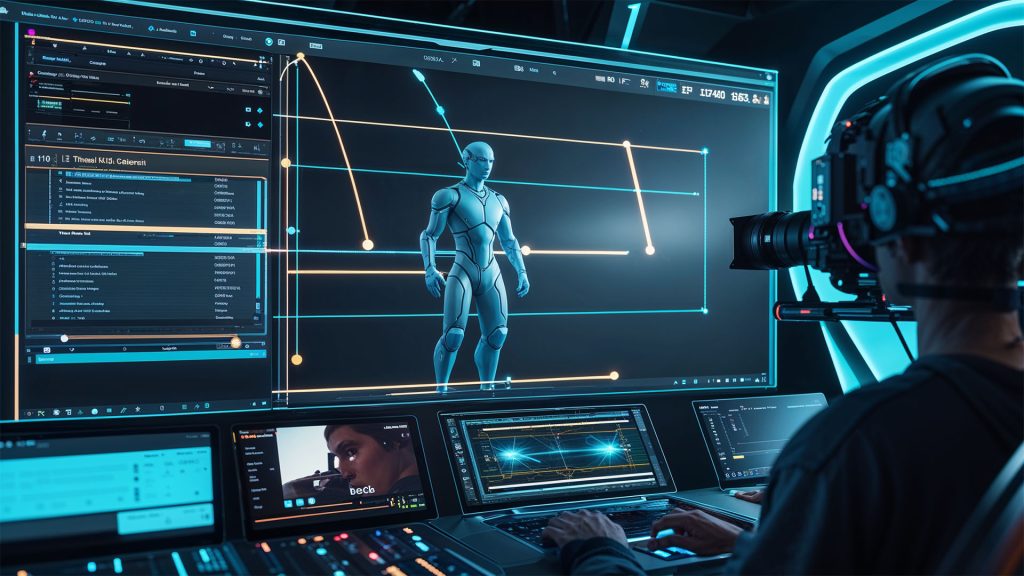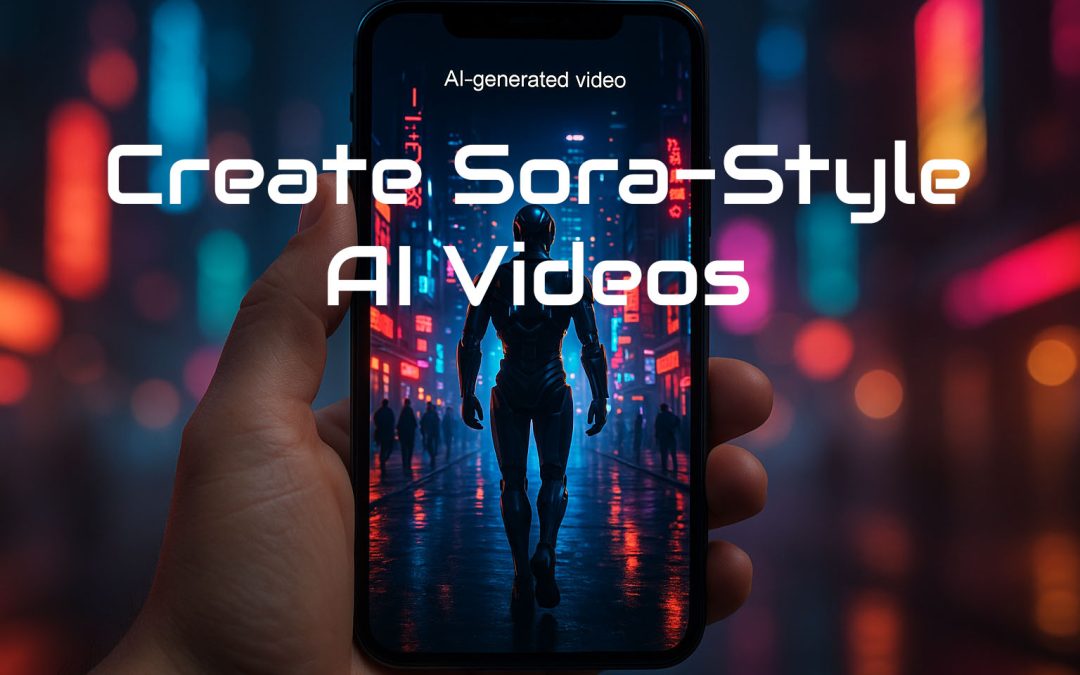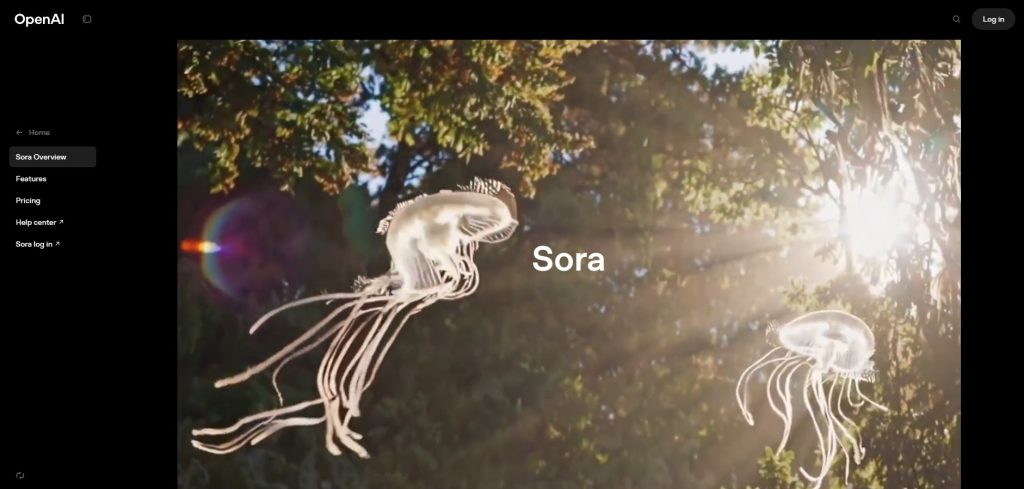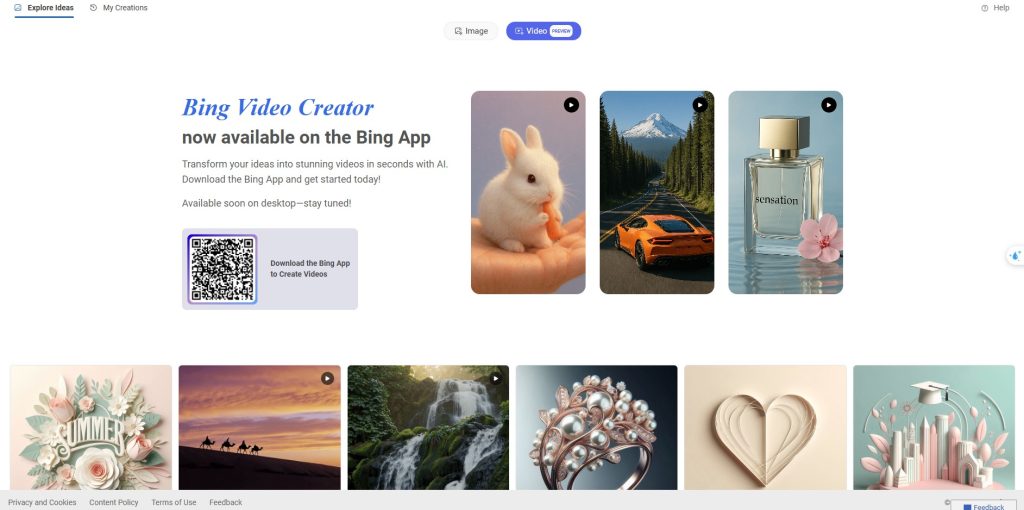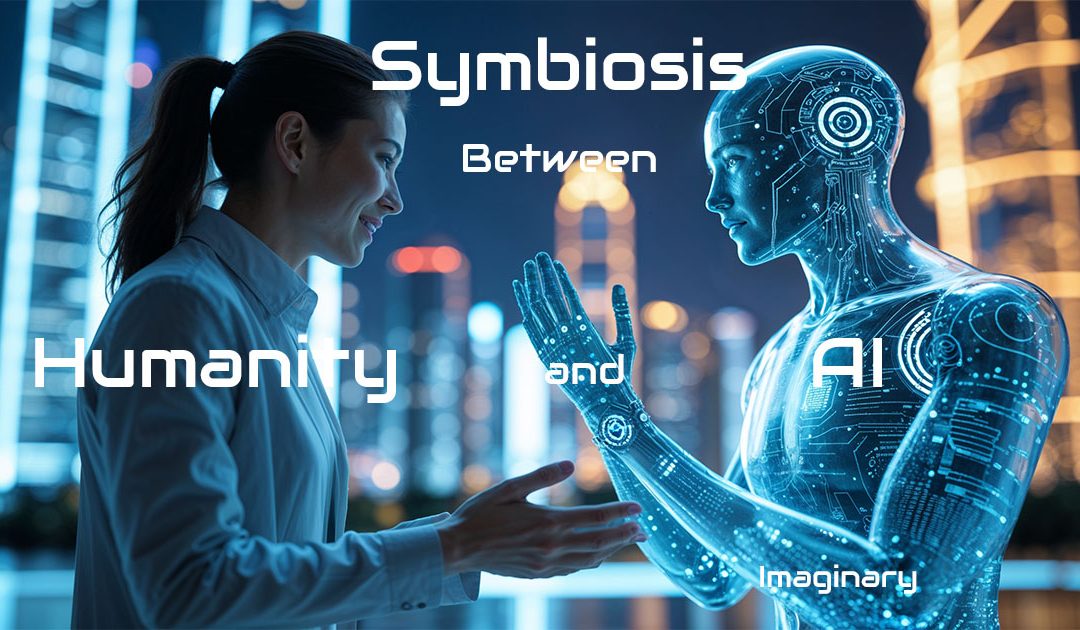
Symbiosis Between Humanity and AI: Discover the 21st Century Cooperation
Introduction: Envisioning the Human-AI Partnership
The symbiosis between Humanity and AI in the 21st Century.
In the digital age, the boundaries between human cognition and artificial intelligence are becoming increasingly blurred.
Rather than fearing a future dominated by machines, we should imagine a world in which humanity and AI collaborate — a true symbiosis where creativity and logic, empathy and efficiency work together toward shared goals.
This concept goes beyond mere coexistence. It suggests a future of mutual enhancement, where AI systems extend our capabilities, and humans guide technology with ethical vision and emotional intelligence.
As we face accelerating challenges — climate change, health crises, social inequities — this collaboration may become not only beneficial, but essential.
Foundations of Symbiosis
At its core, symbiosis is a mutually beneficial relationship. In the context of AI and humanity, it means leveraging the strengths of both:
- AI contributes speed, data processing, scalability, and precision
- Humans offer intuition, emotional depth, adaptability, and ethical judgment
Let’s explore how these elements can interact to create a better future.
1. Augmenting Human Capabilities
AI is already enhancing human performance by automating routine tasks, optimizing workflows, and processing complex datasets.
In healthcare, AI assists doctors in diagnosing diseases; in education, it supports personalized learning; in engineering, it accelerates simulations and designs.
These tools empower people to focus on innovation, creativity, and strategic thinking — things machines still cannot replicate.
2. Personalized Experiences
AI systems can adapt to individual users in real time. Shortly, personalized education platforms, adaptive healthcare diagnostics, and tailor-made productivity tools will become the norm.
This level of customization fosters deeper engagement, enhances satisfaction, and creates a stronger relationship between humans and machines.
3. Collaborative Innovation
Imagine AI as a co-creator:
- In art, tools like MidJourney and DALL·E turn text into stunning visuals.
- In science, AI accelerates molecular discovery and climate modeling.
- In business, predictive algorithms identify opportunities before they emerge.
When AI and human insight combine, new forms of creativity and discovery become possible — faster, more ambitious, and more inclusive.
4. Ethical Governance and Transparency
For true symbiosis, trust must be built. That requires:
- Human oversight of AI decisions
- Transparency in algorithms and data usage
- Alignment with ethical standards and societal values
Initiatives like the EU AI Act and UNESCO’s ethical AI guidelines are early steps, but a global consensus will be needed to manage this evolving partnership responsibly.
5. Reducing Socio-Economic Inequality
If applied consciously, AI can promote inclusion and fairness:
- Matching job seekers with roles based on fundamental skills
- Providing healthcare diagnostics in underserved regions
- Translating information across languages and literacy levels
However, this depends on open access and fair distribution — a challenge that requires firm public policy and collaboration between sectors.
6. People-Centered Design
In a symbiotic world, humans remain at the center of it all. That means designing AI systems that are understandable, usable, and empowering, not alienating.
Empathetic voice interfaces, intuitive dashboards, and AI that respects human boundaries are key to successful integration. A great tool should disappear into the workflow, not dominate it.
7. Continuous Learning and Adaptation
Symbiosis is not a static state — it evolves.
AI systems should continuously learn from user feedback, new data, and shifting social contexts. Likewise, people must build digital literacy and critical thinking to work effectively with AI.
Together, this forms a resilient, adaptive system — one capable of facing the unknown.
8. AI as a Catalyst for Social Good
AI holds vast potential in serving collective goals:
- Predicting natural disasters
- Optimizing renewable energy grids
- Fighting pandemics through early detection
- Supporting mental health through intelligent chat agents
This isn’t about replacing human effort — it’s about amplifying our reach in solving the world’s most urgent challenges.
9. Challenges and Responsibilities
Of course, this vision is not without risks:
- Bias in data can reinforce inequality
- Job displacement is a genuine concern
- Surveillance and privacy abuses must be addressed
Building a healthy symbiosis requires addressing these issues transparently, through global cooperation and proactive regulation.
❓ FAQs – Symbiosis Between Humanity and AI
What is the concept of symbiosis between humanity and AI?
Symbiosis in this context refers to a mutually beneficial relationship where AI enhances human abilities, while humans guide AI with ethical judgment and creativity.
How does AI augment human capabilities?
AI helps automate repetitive tasks, analyze massive data sets, and support decision-making, allowing humans to focus on strategic thinking and innovation.
Can AI be a true collaborator in creative work?
Yes. AI tools like MidJourney or ChatGPT can co-create art, music, text, or visuals, serving as partners that extend human imagination.
What role does ethics play in human-AI collaboration?
Ethics ensures transparency, fairness, and accountability. Human oversight is crucial in guiding AI systems to align with social and moral standards.
Will AI replace human jobs in a symbiotic future?
AI may automate certain tasks, but a symbiotic future emphasizes augmentation, not replacement. New roles will emerge that require human oversight and creativity.
How does AI help reduce social inequality?
AI can support inclusive services like job matching, telemedicine, and education in underserved regions, provided there is fair access and responsible deployment.
What is people-centered AI design?
It refers to creating AI systems that are intuitive, empathetic, and focused on enhancing human well-being rather than simply optimizing efficiency.
How do AI systems continuously learn and adapt?
AI adapts by processing user feedback, learning from new data, and adjusting its behavior to changing environments and needs.
Can AI contribute to solving global challenges?
Yes. AI is already helping in areas like climate modeling, disaster response, disease tracking, and sustainable energy optimization.
What are the most significant risks of human-AI symbiosis?
Key concerns include biased algorithms, privacy violations, job displacement, and misuse of AI in surveillance or warfare. These require proactive regulation and global cooperation.
Conclusion: A Future Worth Building
The symbiosis between humanity and artificial intelligence is not science fiction — it’s already underway. But whether this relationship becomes harmonious or hostile depends on our choices today.
We must design AI not as a replacement, but as a partner, a collaborator who enhances our strengths and respects our limitations.
If we succeed, we will create a world where the sum of human and artificial intelligence is greater than the parts, and where all share progress.
🔗 Related Posts
- Ethics of AI in Surveillance and Privacy ⬈
Connection: The ethical transparency and accountability discussed in point 4 lead directly to this. - ChatGPT vs Bing AI – A Fascinating Battle of AI Brilliance ⬈
Connection: The role of AI tools as human assistants is described in points 1 and 3. - Mixed Reality in 2025: Bridging the Physical and Digital Worlds ⬈
Connection: A relevant addition to the human-centered design and interactions discussed in point 6. - Leonardo Integrates Veo 3: The AI Video Revolution Just Got Real ⬈
Connection: The creative AI tools and collaboration opportunities in point 3. - Top 10 Emerging Technologies in 2024 ⬈
Connection: Future-oriented technologies provide context for a symbiotic vision of the future.
For an in-depth overview of the latest digital innovations, check out this page:
Emerging Technologies in the 21st Century ⬈.
Thanks for reading.
📚 Resources – Symbiosis Between Humanity and AI
- OECD – Artificial Intelligence Policy Observatory ⬈
Global AI policies, ethical recommendations, and country profiles. - UNESCO Recommendation on the Ethics of Artificial Intelligence ⬈
International standards for human-centered AI development. - Stanford Human-Centered AI (HAI) Initiative ⬈
Research on human-machine collaboration. - AI for Good – ITU & UN initiative ⬈
The use of AI technologies for social purposes on a global scale. - World Economic Forum – Global AI Action Alliance ⬈
AI regulatory and usage frameworks worldwide.
ℹ️ Note: Due to ongoing application and website development, the actual appearance of the websites shown may differ from the images displayed here.
The cover image was created using Leonardo AI ⬈.

